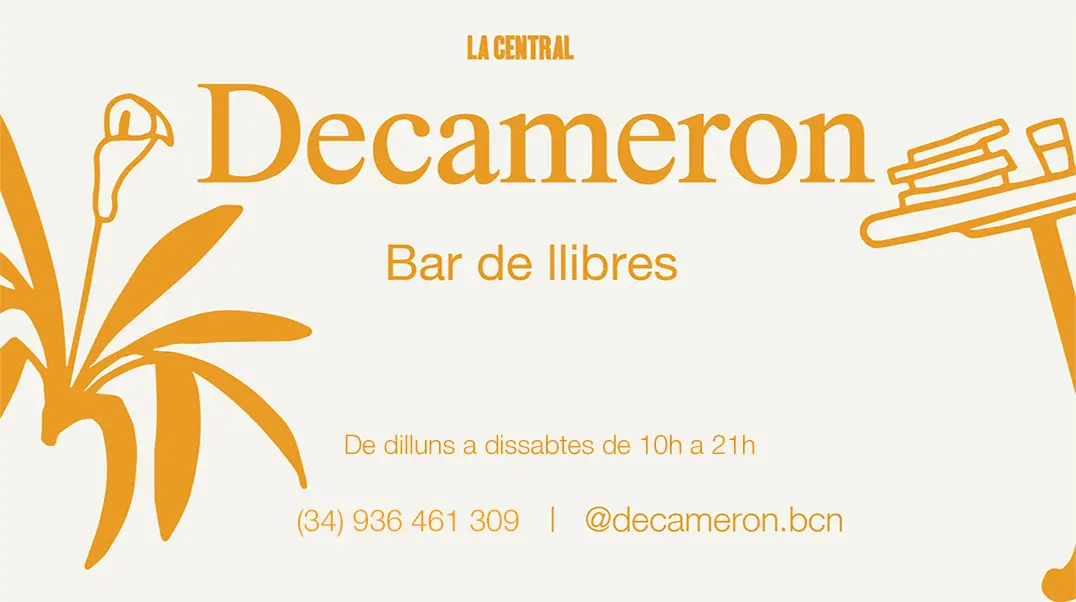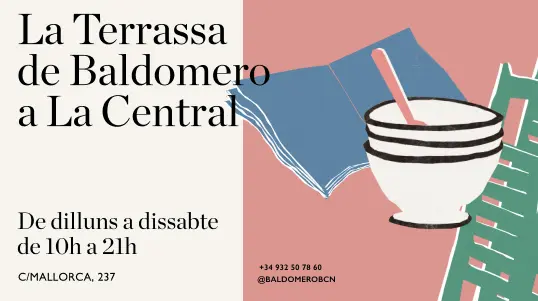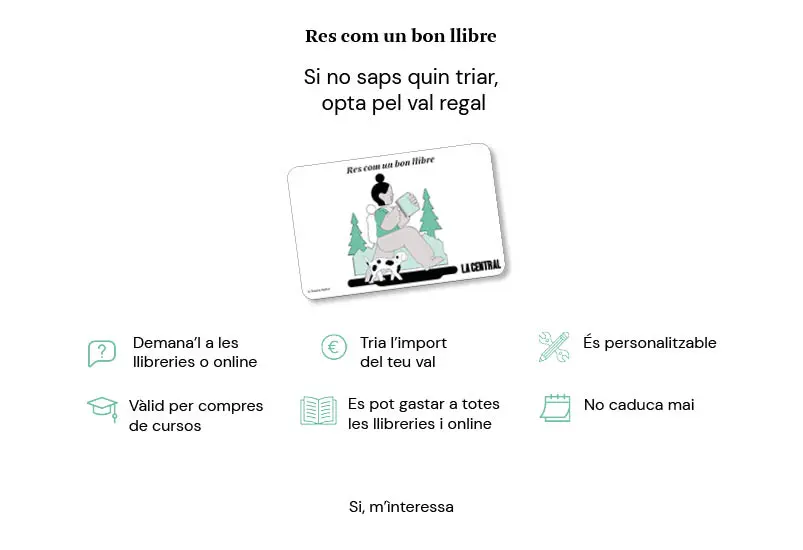Picasso: Ceramics

Picasso: Ceramics
Sense existències ara
Rep-lo a casa en una setmana per Missatger o Eco Enviament*Sobre el libro Picasso: Ceramics de publicado por Louisiana Museum of Art al 2018:
In 1946, Pablo Picasso visited an exhibition of ceramics in Vallauris, an area in southeastern France known for its many potteries. He would move to the region soon after, establishing a steady relationship with the Madoura ceramics workshop in 1948.It was a watershed moment for Picasso, who throughout his long life was always on the lookout for new artistic challenges in all conceivable materials. Picasso´s experiments with various ceramic materials, oxides and glazes would produce a huge body of work: some 4,000 ceramic objects bearing the motifs of animals, fauns and women evoked through Picasso´s whimsical, elegant handling of shape and line. This major body of work in ceramics forms a lesser-known but highly original part of the oeuvre of an artist who was constantly reinventing himself and his forms.
This book presents more than 150 of Picasso´s most important ceramic works reproduced in beautiful four-color printing, as well as new texts about the artist´s pieces in this medium. The book also contains a detailed glossary of ceramic terms and a review of the forms most commonly used by Picasso. The only book in print on this beautiful and highly imaginative part of Picasso´s oeuvre, Picasso: Ceramics is an essential volume.
Altres persones que han llegit Picasso: Ceramics de han escollit
El llibre Picasso: Ceramics de pertany a la matèria
Veure altres ressenyes de Art
Ressenya
Marc Fumaroli
“Mundus muliebris”. Élisabeth Louise Vigée Le Brun, pintora del Antiguo Régimen femenino
Vigée Le Brun era hija de padre pintor y, además, esposa de un marchante de arte, hecho este último que la hacía candidata inaceptable en la Academia de pintura y escultura.

Ressenya
Marta Piñol Lloret
Mitos e imágenes
Las imágenes que nos rodean pueden surgir o pueden adquirir un significado mítico. Imágenes próximas, imágenes místicas, imágenes de empoderamiento, imágenes sobre los principios y los finales, tod...

Ressenya
Sarah Watling
Mañana quizá el futuro
Mañana quizá el futuro nos permite a los lectores de hoy entrever cómo en la historia se da constantemente una lucha por el relato, además de vislumbrar a una generación rebelde dispuesta ...

Ressenya
Joana Masó y Éric Fassin
Elsa von Freytag-Loringhoven. La artista que dio cuerpo a la vanguardia
Alrededor del año 2000, el hallazgo de varios documentos inéditos hizo que la crítica planteara la posibilidad de que la Fontaine (1917), obra firmada por R. Mutt, y generalmente atribuida...




















